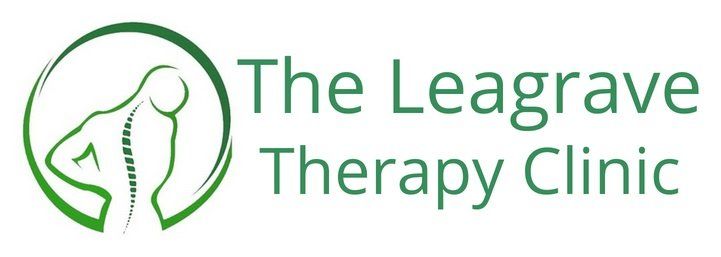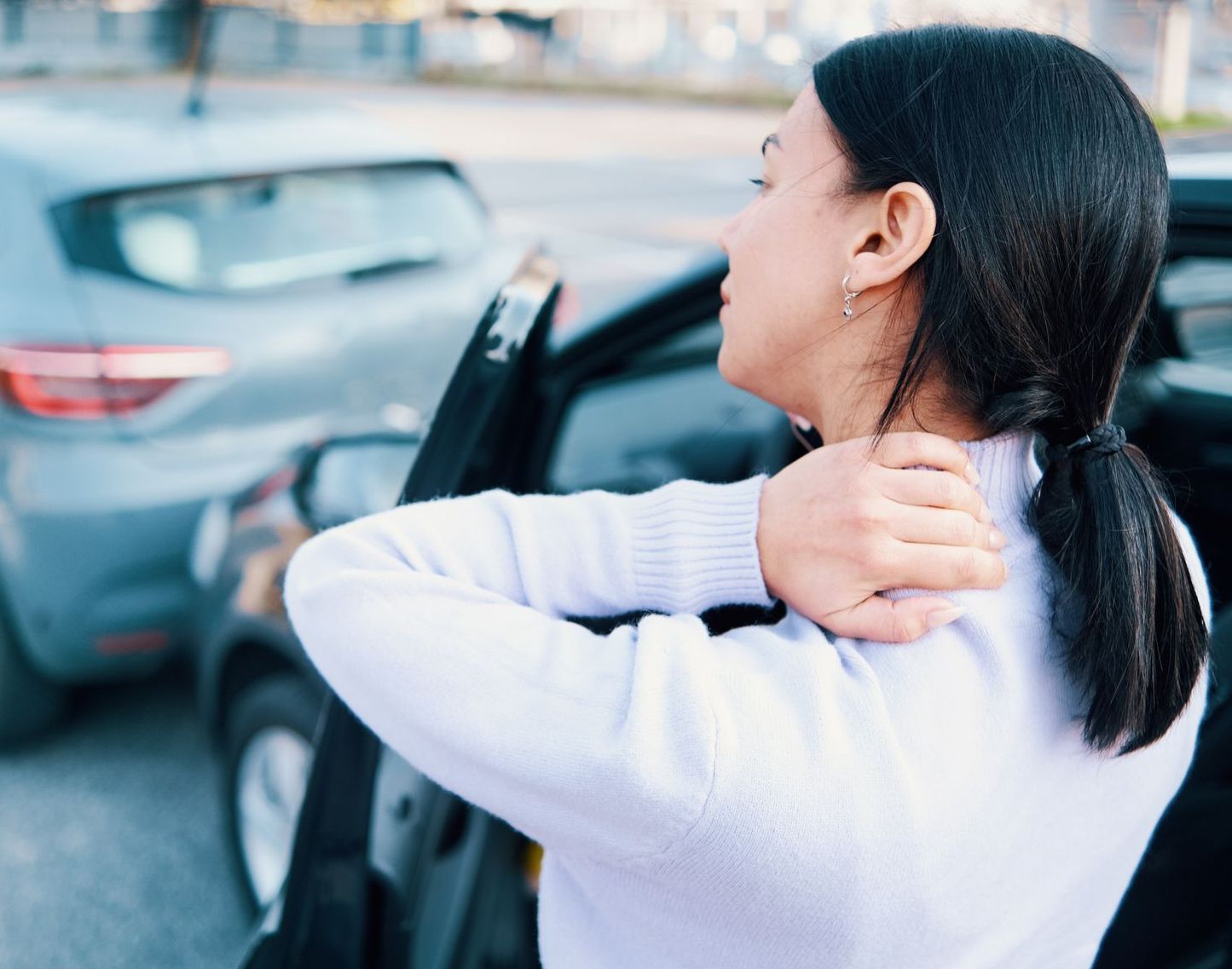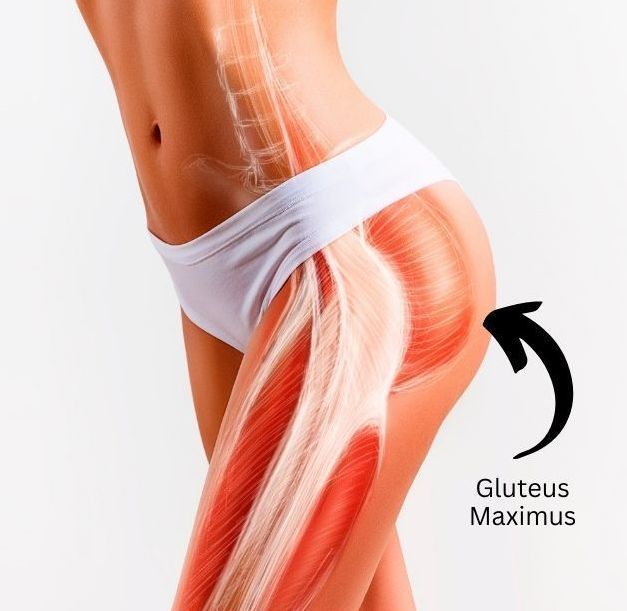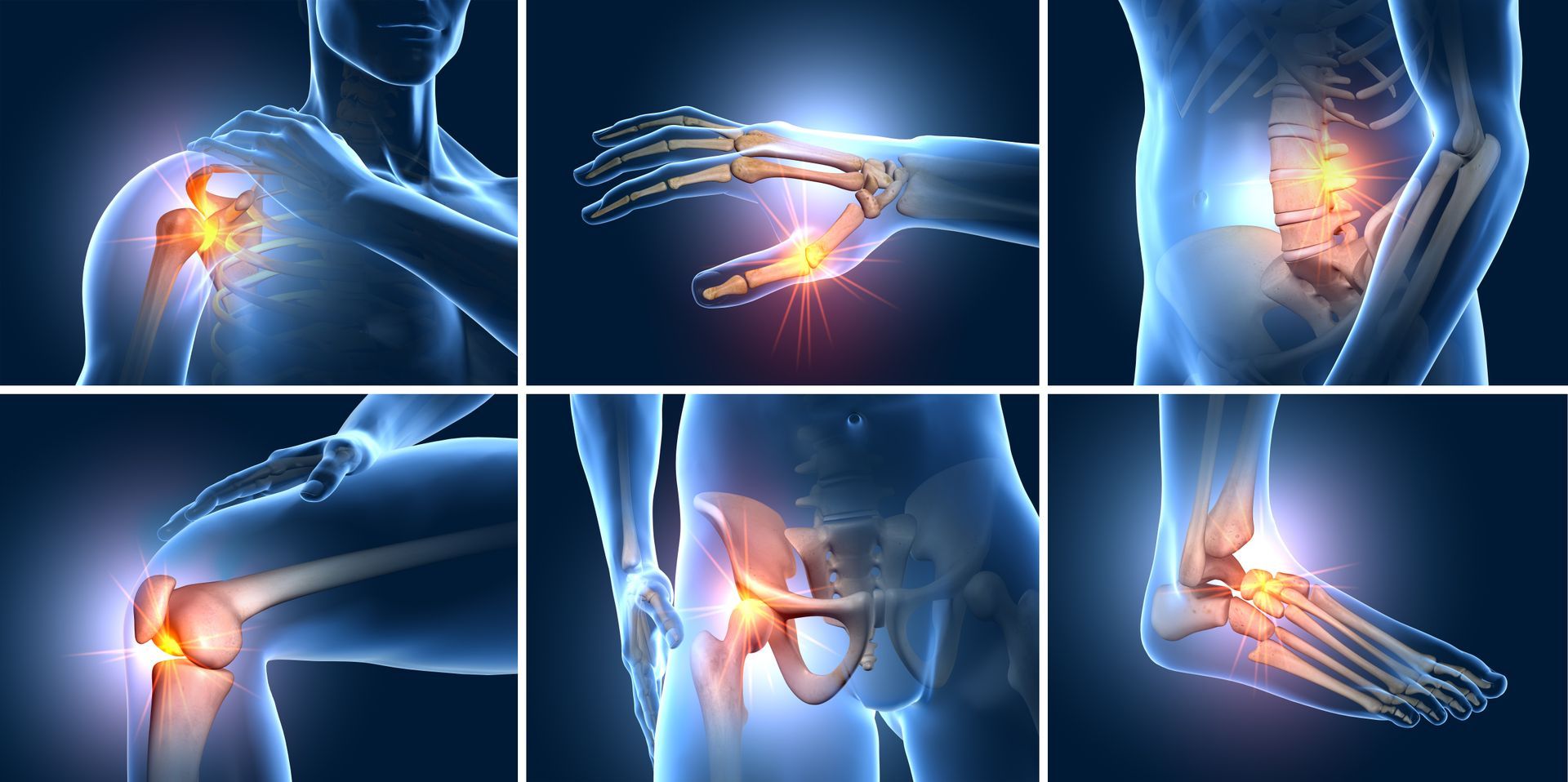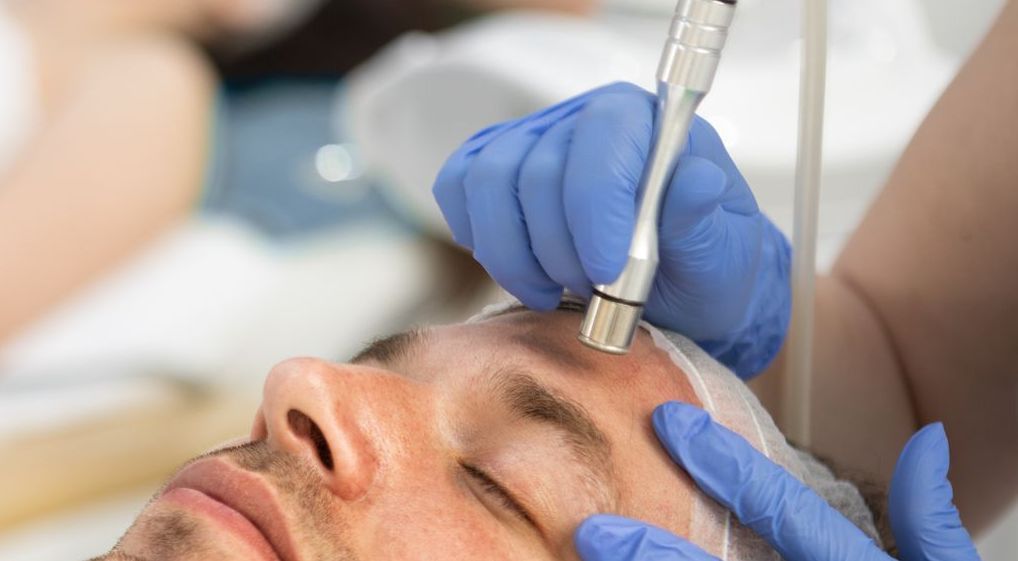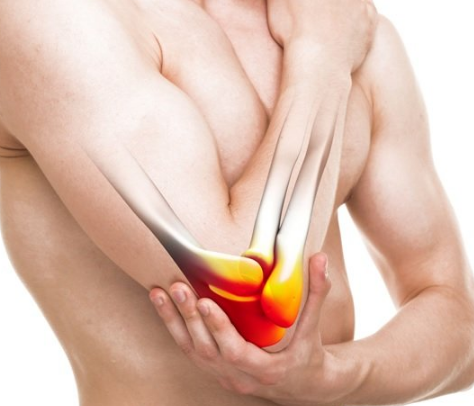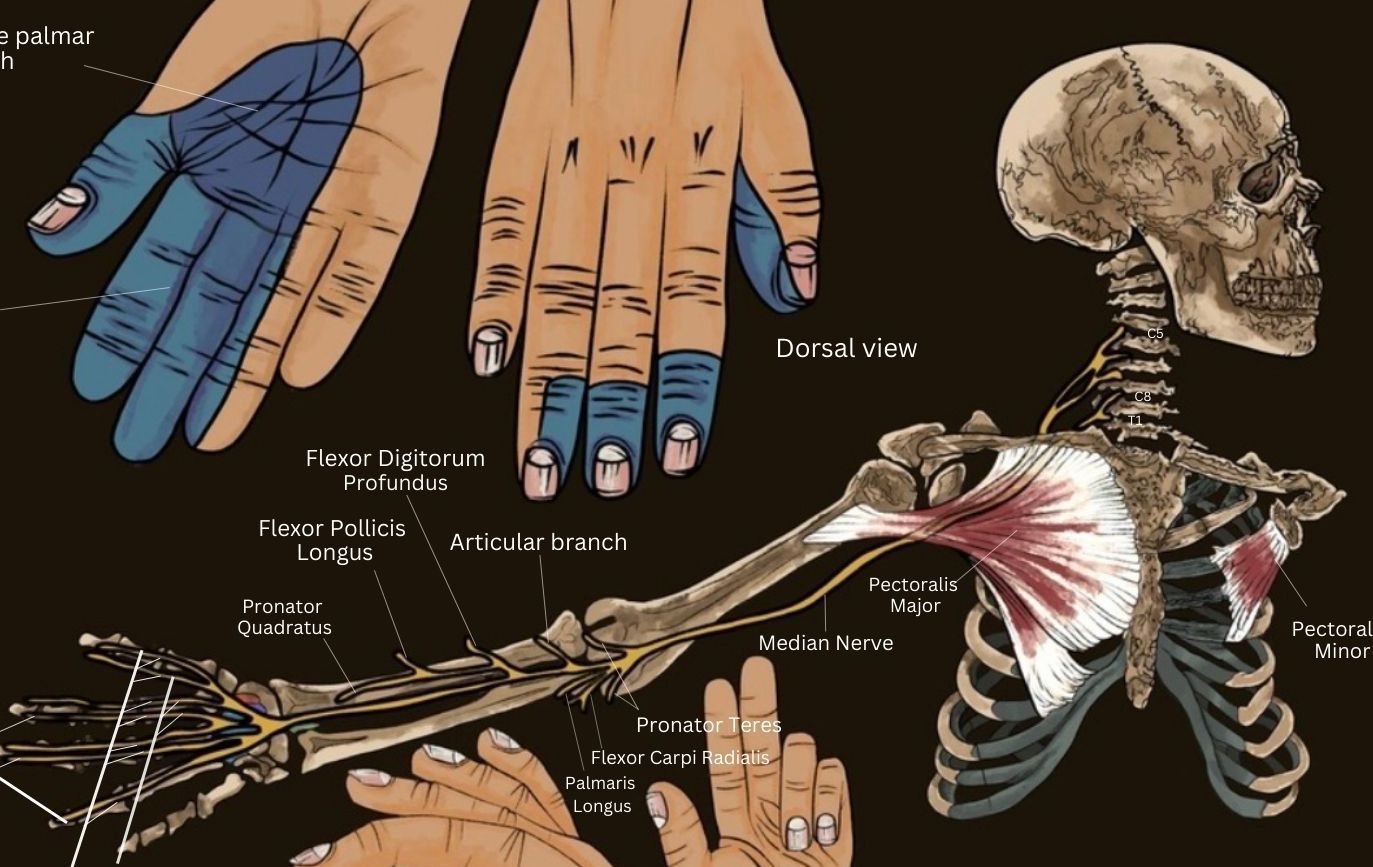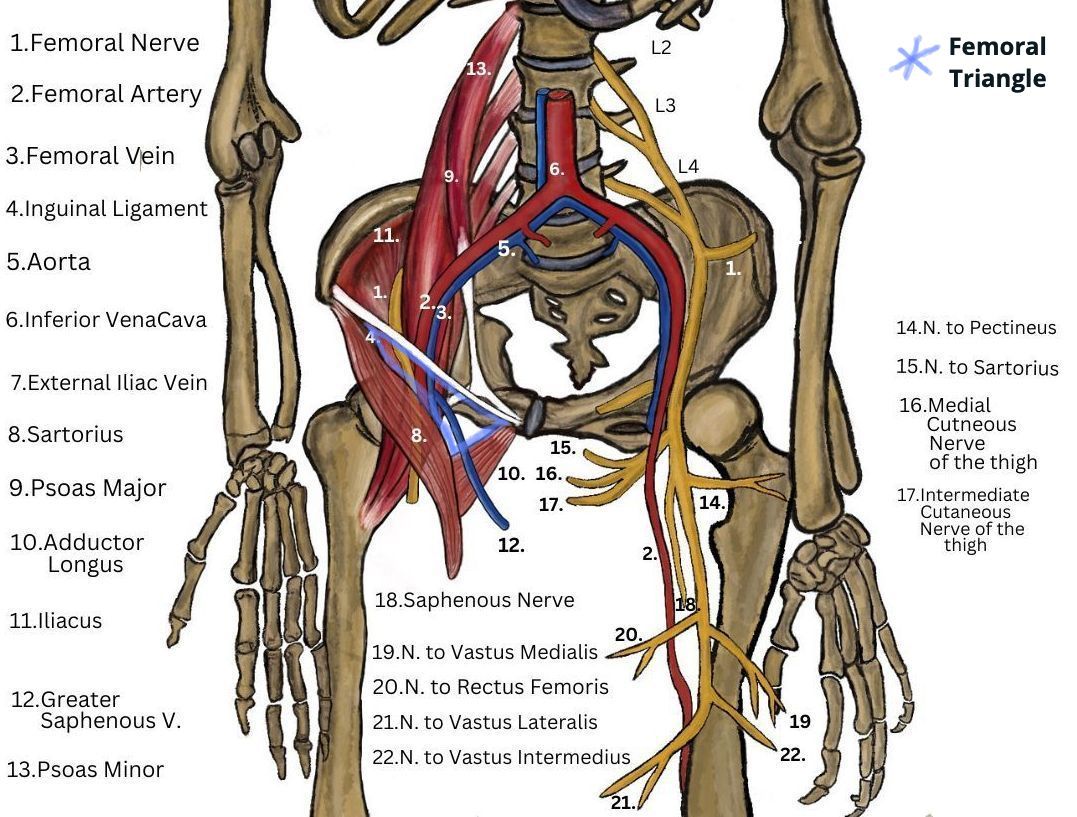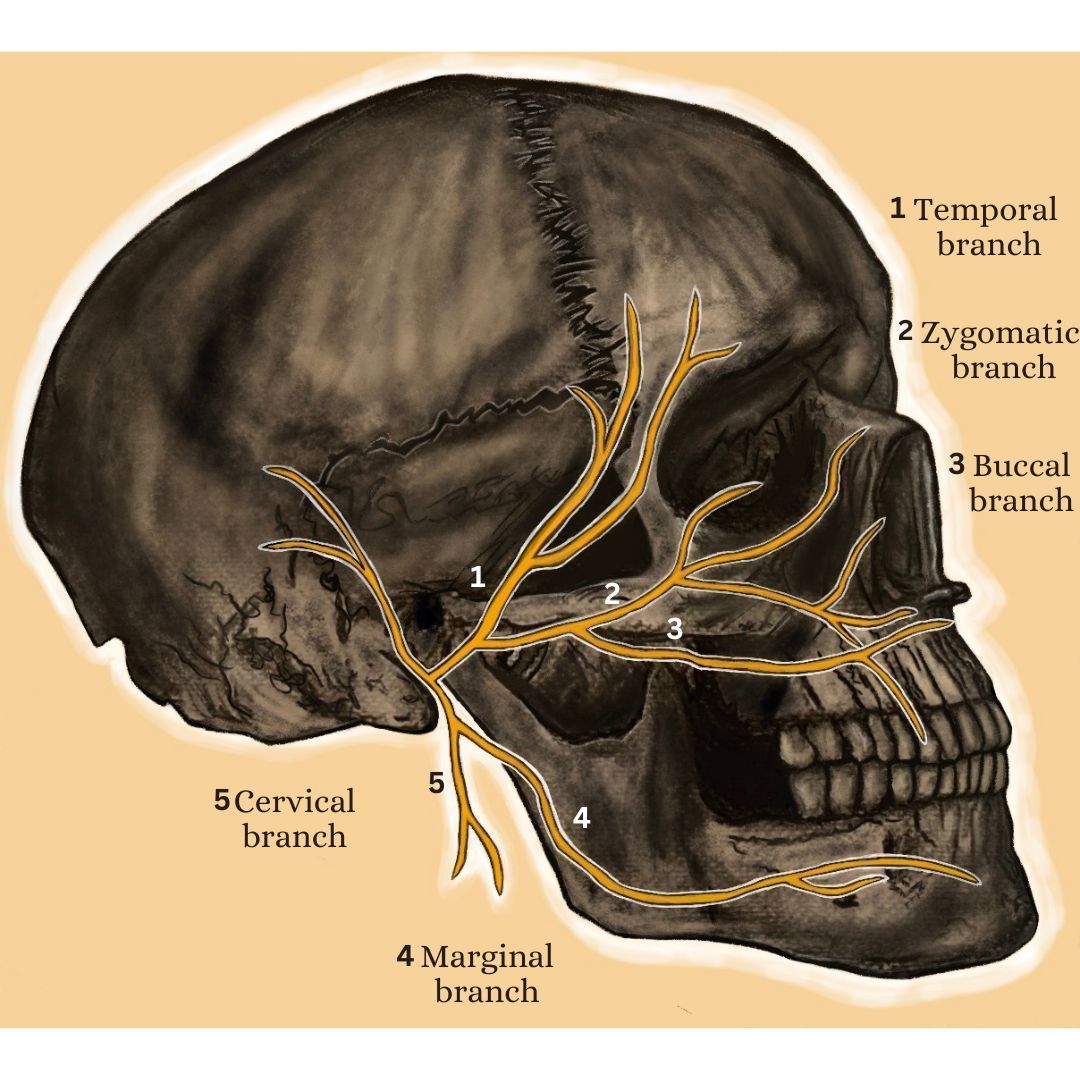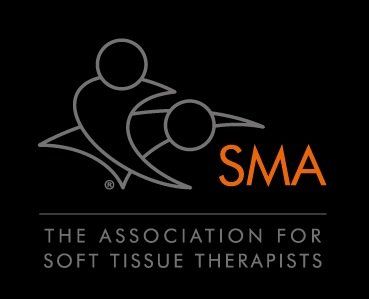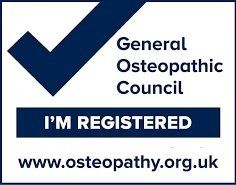Speak to a Friendly Receptionist
Four Common Reasons For Running Injuries
- by Joanna Blair
- •
- 09 Mar, 2024
- •
From Couch-to-5k, Park Running To Marathon Runner
Common Running Injuries, Their Cause & Prevention Common Running Injuries, Their Cause & Prevention

A herd of long distance runners are planning to accomplish and complete an exceptional life-time achieving event; the marathon. Whilst we might be inside watching the latest Netflix episodes, marathon runners are busy adhering to weekly training programmes and getting their miles done during the crack of dawn, freezing temperatures, late nights, dark evenings and early mornings. Us none marathon runners can (understandably) find it difficult to imagine another life like this, stand bleary eyed with a hot mug in hand whilst rain is splattering against kitchen windows and a sensible thought bubble pops up saying; 'maybe tomorrow!' (for an outdoor exercise).
However, it can be guaranteed that there will be a committed marathon runner training in the fields or roads out there. Somewhere!
Ofcourse, the 'D' in 'D-day' may stand for various words for these runners including; 'delightful', 'daring', 'doom', 'dont-really-want-to-do-this-but-I- have-to-now', 'dreading', 'dream', or 'determined'. Whichever it is, marathon season is approaching and upon us! Stats are showing that the risk of recreational runners running into injuries are high with an overall prevalence of about 85% and an annual prevalence of nearly 50% (4).
Eradicating repetitive running injuries is unrealistic, but coaches and physical therapy practitioners can help educate recreational runners about the high prevalence of potential injury by encouraging risk-reducing measures, especially for those running greater distances and with performance motives (4).
The Couch-to-5k Programme
As Relph et al., (2023) highlight, it is a devastating statistic that only a quarter of adults globally meet recommended physical activity levels for health. Two common initiatives in the UK are Couch-to-5k which is an app-assisted 9-week walk/run programme and parkrun; a free, weekly, timed 5-km walk/run (2).
The World Health Organization (WHO) highlights that to achieve good health, they recommend that adults aged 18–64 years should participate in at least 150 minutes of moderate-intensity aerobic physical activity or at least 75 minutes of vigorous-intensity aerobic physical activity, or a combination of moderate and vigorous-intensive activtiy throughout the week (3).
It is worth noting that exercise defined as 'vigorous intensity' is exercise that will make you out of breath and sweat! Statistics are showing that only one in four adults globally meet these recommended exercise guidelines (2).
In the UK, the National Health Service (NHS) promotes a running/walking initiative targeting physically inactive individuals called the Couch-to-5k. This is a nine-week progressive programme aimed to increase physical activity levels using a free downloadable mobile ‘app’ that people can use at a time that suits them (1). The programme involves three runs or walks per week, with one day of rest in between and the programme can vary from one week to another (1). Josh Clark, the creator, wanted to create a bridge between walking and running with participants gradually progressing to a 30-minute continuous run in their final week (1).
A key finding of the study was a high level of dropout rate during the programme with mainly being linked to the programme’s progressive design and individuals suffering potential MSK injury.
They concluded that Musculoskeletal (MSK) injury prevention information should be provided for individuals at the start of the coach-to-5k programme, including strength and flexibility exercise and injury treatment options (3).
Park Runners
Parkrun is a weekly, free to enter, 5-km mass participation event delivered across 22 countries (parkrun. com) that has been taking place in the UK since 2004 and is used by General Practices in the UK and Ireland as a Public Health referral option (2). A parkrun can be completed by running, walking or a combination of both and attracts people of all ages and abilities including those with limited experience of running (2).
Couch-to-5k participants often go on to become integrated park runners by performing a median of 11 per year. A study by Relph and Taylor found that individuals tend to be less motivated by fitness, but rather improve their social connections. Parkrun appears to be an effective pathway for those on the Couch-to-5k programme and the association between the two running initiatives may be effective in increasing the number of females who take part in weekly physical activity (3).
It has been advised that injury-prevention measures for these individuals should include resistance training (RT), which may improve runners’ capacity to tolerate training loads (4).
Trail Running
Interestingly, the most common anatomical locations for repetitive running injuries are foot, ankle and knee related injuries. It is appreciated that for training reasons, many runners perform trail running which has been defined by Vincent et al., (2022) as a broad spectrum of running experiences that occurs off-road in the natural environment on surfaces with a maximum of 20% paving. Trail running includes running on various different surfaces and climates that may range from desert to mountain to forest environments and distances can range from 2 to 80+ kilometres (5).
Main reasons for injuries during trail running include loading and the different load Impact on joints. Compared to level running, downhill running produces greater vertical forces on the tibia, especially within the front and medial (anteromedial) aspects of the lower limb (5).
Injury Preventative Measures Trail Runners
To cushion impacts, Vincent et al., (2022) note that runners should work on improving their flexibility during knee and hip flexion along with plantarflexion of the foot which can improve the vertical alignment of the tibia, reduce ankle stiffness and increase knee stiffness. During trail runs, runners should train themselves for repetitive braking during downhill running as bone is weaker against shear forces and poorly controlled impact loading may contribute to an increased risk in stress fractures (5).
The rest of this post will be based on information given by Vincent et al., (2022) who provided the latest evidence of musculoskeletal injuries involved in trail running. The author here believes that their findings can be applied for flat and long distance runners, including marathon runners who often combine road and trail running as part of their training programmes towards 'the big day'. Vincent et al., (2022) found four key reasons for running injuries which are listed and discussed below.
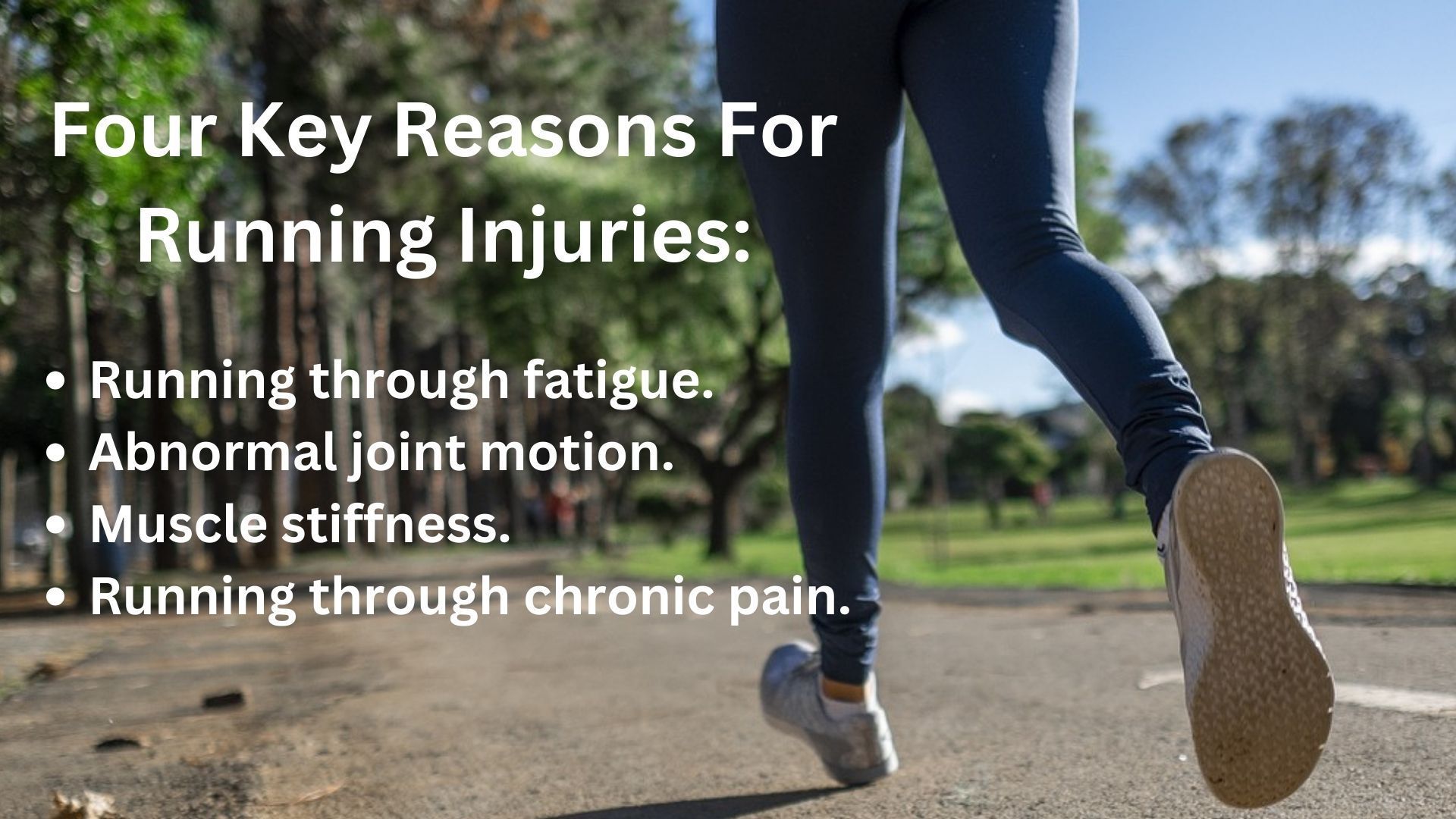
1. Running Through Fatigue
Fatigue can alter a runner's biomechanics (the way that they move and run) and change muscular activity.
- Fatigue tends to increase the stance time during the gait cycle which places mechanical stress on the musculoskeletal system.
- In rear foot strikes; fatigue can increase the loading at the lateral and medial areas of the heel, first metatarsal and hallux and in lesser toes during push- off.
- Among forefoot strikers, fatigue can increase the loading on the first to third metatarsals and the medial-lateral force ratio during stance and push-off phases.
- Inability to control running motion increases the risk for motion errors, asymmetries and the capacity to evenly distribute forces throughout the foot and joints within the lower limbs.
Exercises that promote fatigue resistance, strength and conditioning programmes that incorporate resistance training may also help mitigate pain and injury progression (4, 5).
2. Abnormal Joint Motion
Forward trunk lean is associated with running injuries as this can encourage the pelvis to drop or create an anteriorised pelvic tilt which can lead to longer stance times and create recurrent calf strain injuries. This is also called a 'contralateral pelvic drop' and has also been associated with patellofemoral pain, ITB syndrome, medial tibial stress syndrome (or shin splints) and achilles tendinopathy. Mechanistically, pelvic drop increases ITB tension and compression at the femoral condyle and increases lateral displacement of the patella. Pelvic drop will also shift the ground reaction force vector medially and produce a bending force on the medial tibia.
Excessive pronation and lateral roll-off during the push off phase is related to lower leg pain with running. Injured runners have more peak rearfoot eversion than noninjured runners.
Injury Prevention Tips:
Rehabilitation should include exercises that target ankle and foot stability in all planes of movement, preferably coupled with unstable surface and balance elements.
Gluteus medius stabilisation and hip abductor-core muscle strengthening will help develop proximal control to counteract these issues (4, 5).
Down Hill Running
When planting the feet on the ground on steep decline slope terrain or a hilly uneven surface, near full knee extension need to be avoided and controlled along with neuromuscular valgus strains. This control involves maintaining normal hip adduction, knee abduction, lumbar and pelvic positioning control, ankle eversion during knee valgus forces and knee external rotation (5).
3. Muscle Stiffness
The musculoskeletal tissue complex of the lower extremities generate joint stiffness properties which is wanted to help store elastic energy during the stance phase of gait and the running cycle. The concentric forces help joints during the push-off phase and increased knee joint stiffness is created by eccentric contraction of the quadriceps muscles.
Muscles that become too tight, however, can reduce knee flexion flexibility and lead to injuring structures within the related joint.
High levels of stiffness within the knee joint can increase the risk of injury to the proximal anterior tibia.
Low stiffness levels or hypermobility within the knees, ankles or hip joints can contribute to soft-tissue injuries such as ACL sprain/ tear or Achilles tendonitis via excessive joint motion.
Bilateral differences in leg joint stiffness are related to leg injuries within the hamstrings, calfs, groin, ankles, and quadriceps whilst running. Some evidence suggests that elevated overall ankle, hip and knee stiffness can contribute to injuries within the Achilles tendon.
Excessive knee stiffness can also be corrected by shortening step lengths. Over-striding may occur amongst individuals with a higher body weight or novice runners. Slowing their progression rate and altering their training programmes might be a requirement.
Rehabilitation Tips:
Rehabilitation to develop appropriate joint and muscular stiffness with improved movement control include the encouragement of performing plyometrics, jump landings and eccentric muscle training (5).
4. Running Through (Noncritical) Chronic Pain
Runners with persistent musculoskeletal pain demonstrate altered compensatory biomechanics and loading at other anatomical sites. Runners who initially experience pain at one site can continue training tend to develop secondary pain(s) elsewhere (5).
Individuals with patello-femoral pain is related to less knee flexion and reduced pelvic drop on the unloaded side (causing a limp). Those with ITB pain and related muscle tension tend to have increased hip adduction during foot contact, medial knee rotation during the stance phase and knee abduction during the push-off phase compared to runners who do not have this pain (5).
Rehabilitation Tips:
Individuals need to make priority of listing the cause and reasons for what is continuing their chronic injury(s) and focus on performing an event specific rehabilitation program.
What Can Help?
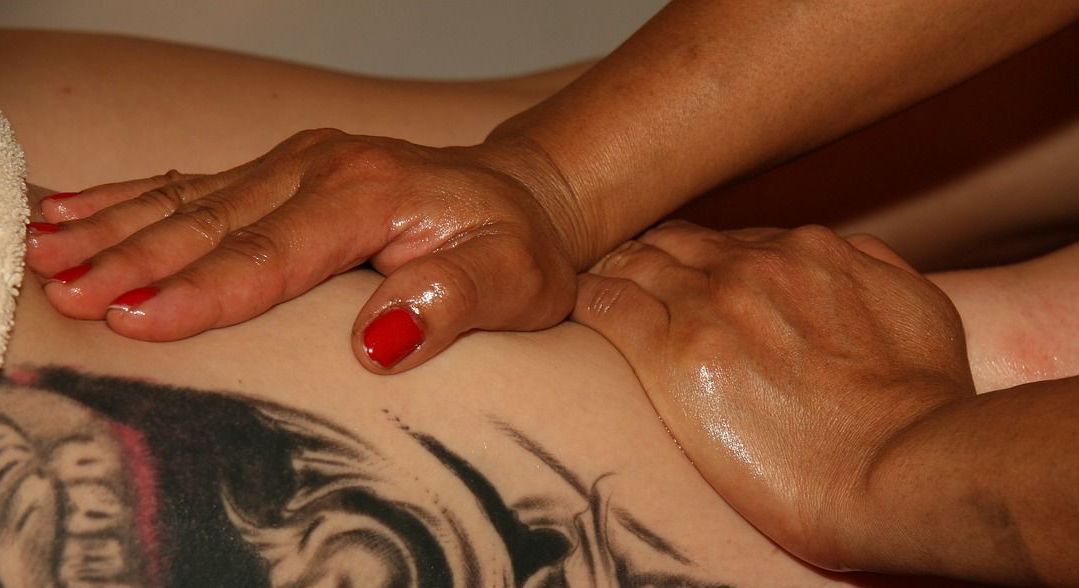
Education About Musculoskeletal Pain For Runners in General (5)
Four key rules can be used to educate runners before an injury becomes serious. Pain affects up to 79% of runners, but many do not know how to interpret pain to determine continuation of training.
1) Running should be stopped immediately if pain increases during a run, or changes in quality from achy to a sharp pain.
2) Joint pain should not linger or increase by 24 hours after a run, as this indicates that the volume was excessive and should be scaled back
3) If pre-existing pain is present with more than 3 points reported out of a possible 10-point numerical pain rating scale, this pain should not increase during the run or persist into the next day.
4) Run-training should stop until pain-induced compensations disappear i.e. limping or hiking a hip.
Regular Massage
Regular sports or deep tissue massages can help reduce muscle tension and stiff joints, aid blood circulation and lymphatic drainage.
References
1. NHS. (2020) Couch to 5k: Week by Week. https://www.nhs. uk/live-well/exercise/get-running-with-couch-to-5k/ (last accessed 7 Mar 2024).
2. Relph, N., Owen, M., Moinuddin, M., Noonan, R., Dey, P., Bullas, A., Quirk, H. and Haake, S. (2023) How can UK public health initiatives support each other to improve the maintenance of physical activity? Evidence from a cross-sectional survey of runners who move from Couch-to-5k to parkrun, Health Promotion International, Oxford, 38: 1-9.
3. Relph, N., Taylor, S. L., Christian, D. L., Dey, P., Owen, M. B. (2023) Couch-to-5k or Couch to Ouch to Couch!?” Who Takes Part in Beginner Runner Programmes in the UK and Is Non-Completion Linked to Musculoskeletal Injury? International Journal of Environmental Research and Public Health, 20; 17: 1-17.
4. Stenerson, L. R., Melton, B. F., Bland, H. W., Ryan, G. A. (2023) Running-Related Overuse Injuries and Their Relationship with Run and Resistance Training Characteristics in Adult Recreational Runners: A Cross-Sectional Study, Journal of Functional Morphology and Kinesiology, 8, 128: 2-11.
5. Vincent, H., Broenstein, M., Vincent, K. R. (2022) Injury Prevention, Safe Training Techniques, Rehabilitation, and Return to Sport in Trail Runners, Arthroscopy Sports Medicine and Rehabilitation 4(1):e151-e162.
